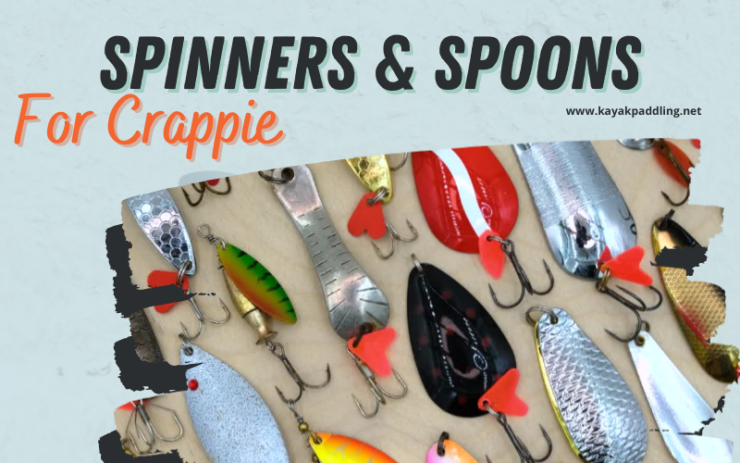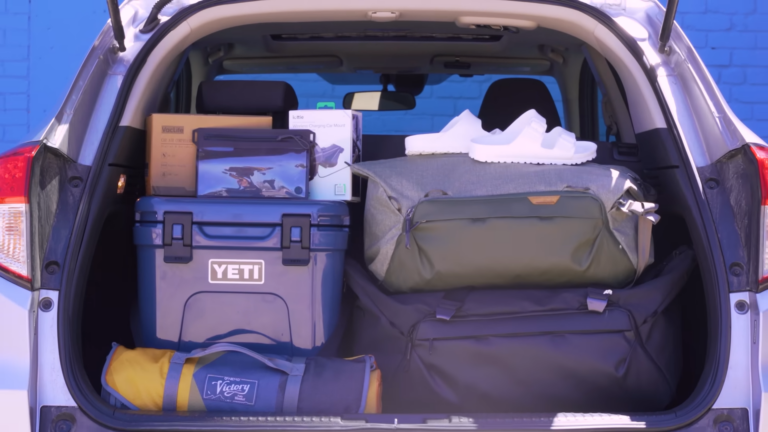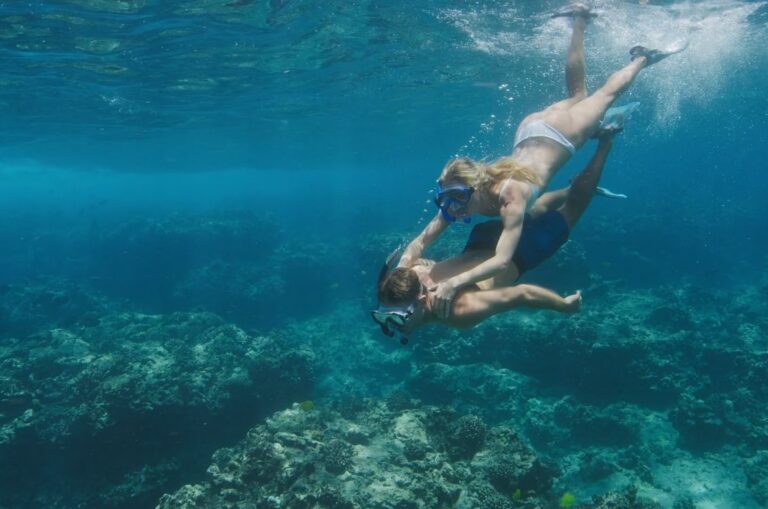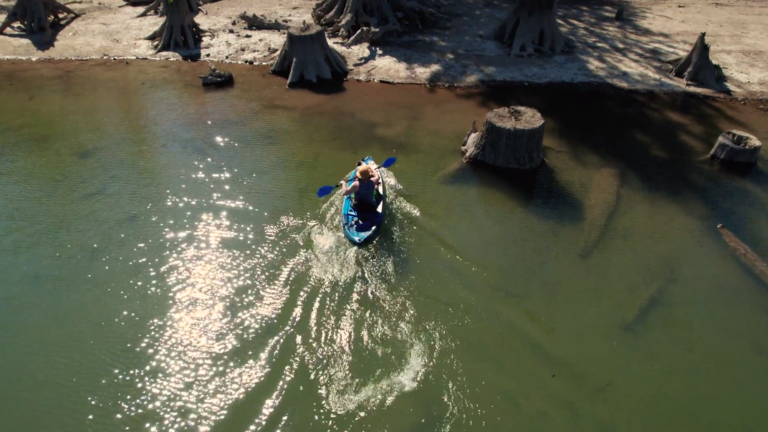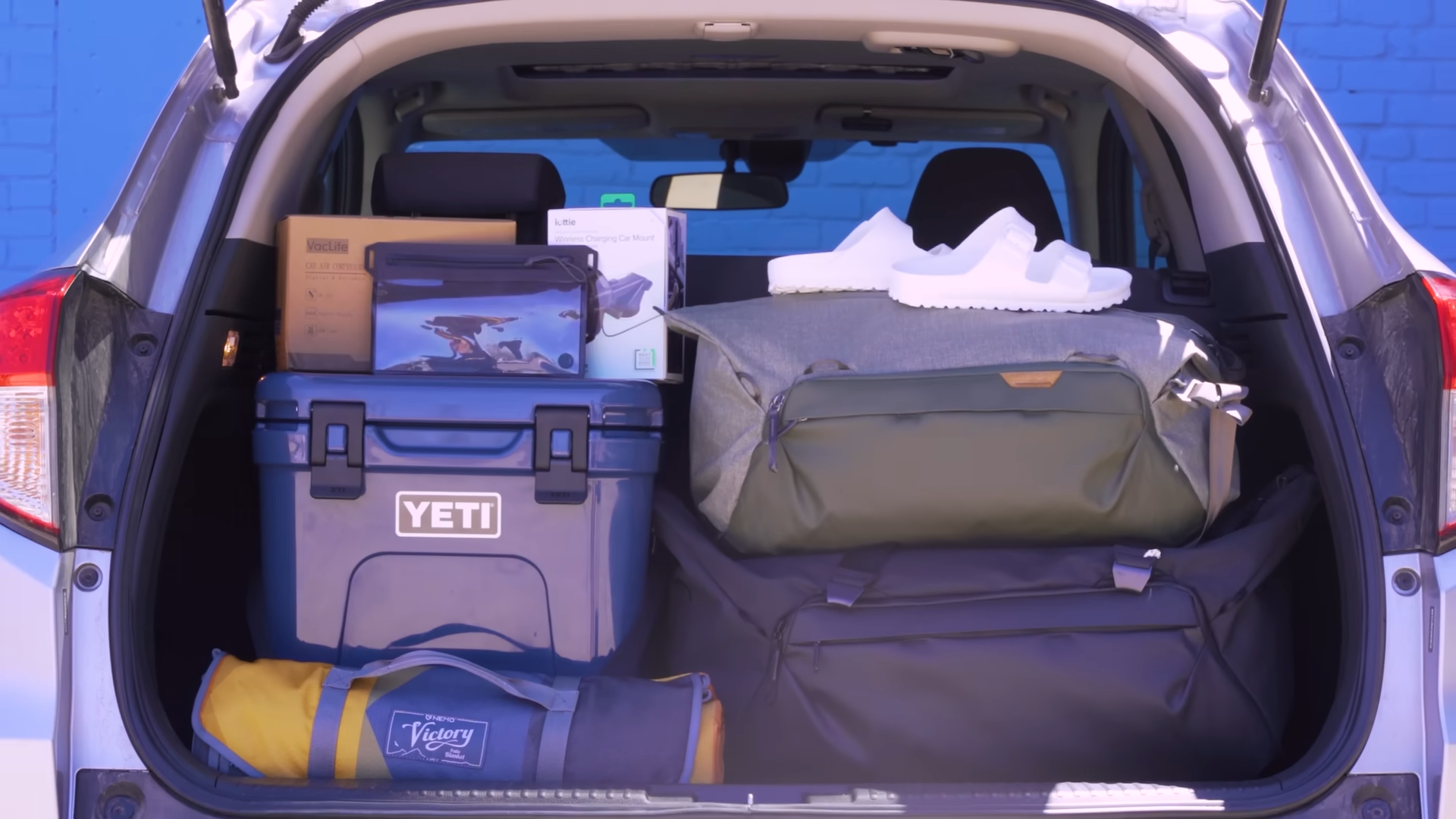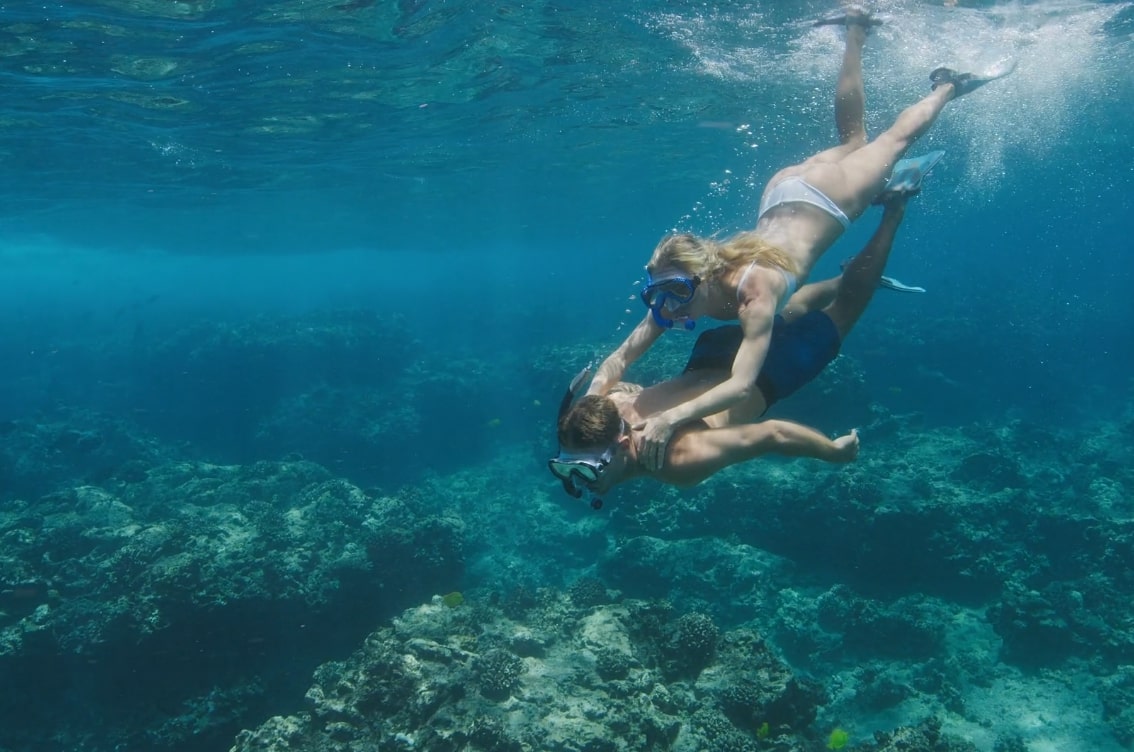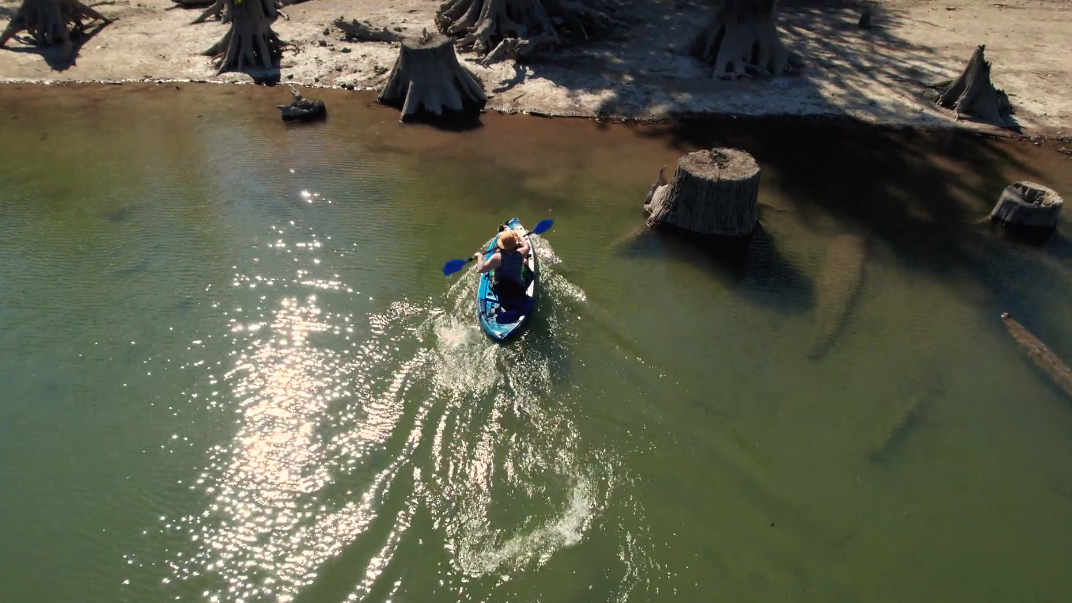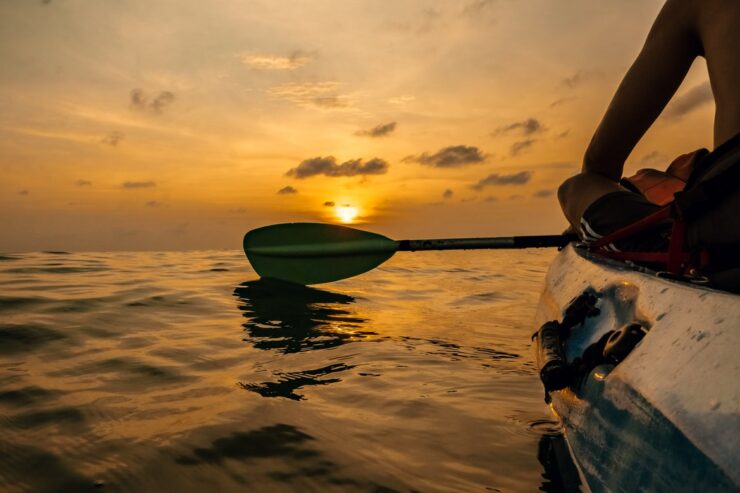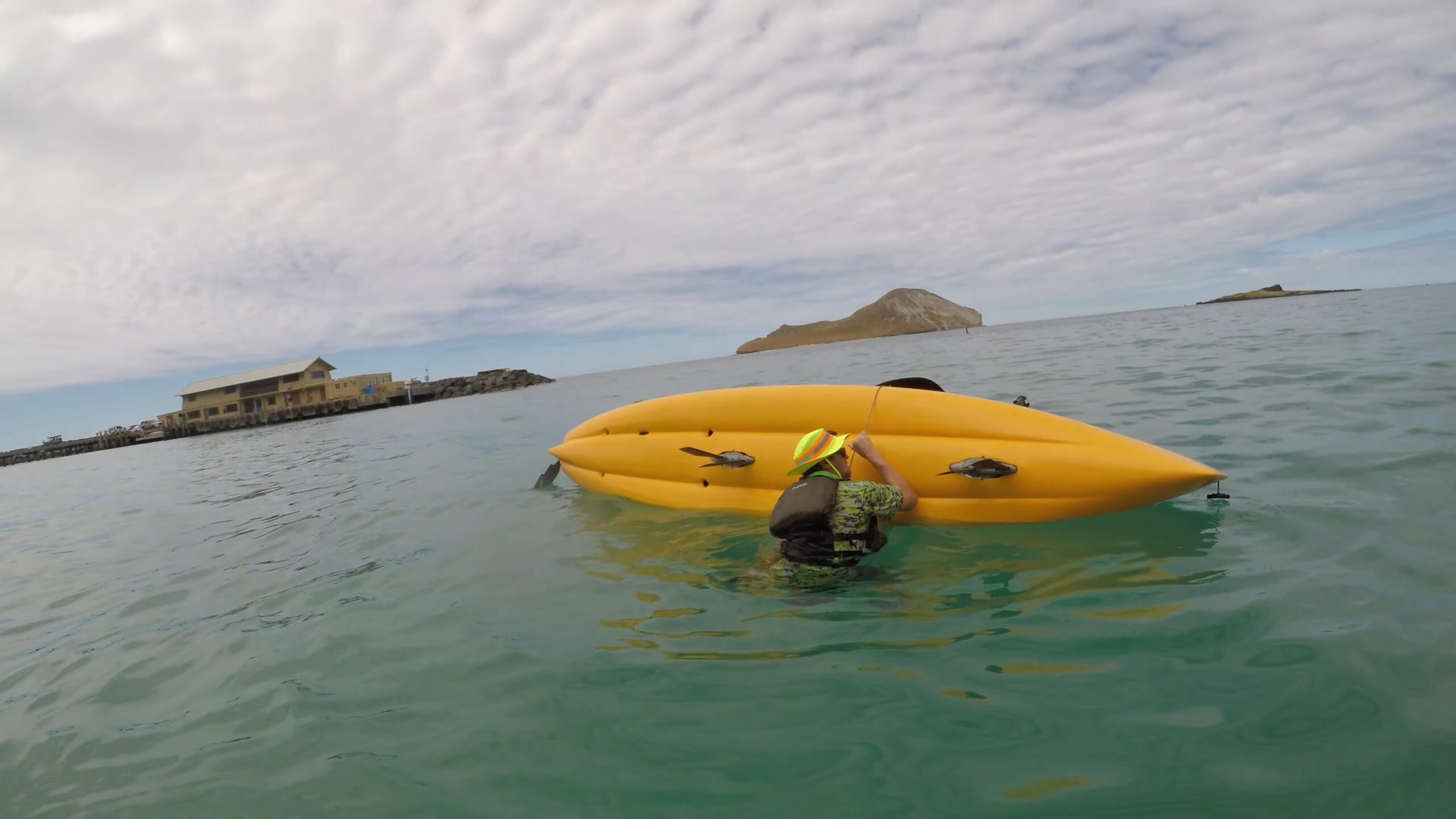There are many types of spinners and spoons that can be productive, especially in places where crappie are in open water. They can be cast, jigged, or trolled.
Table of Contents
ToggleSpinners and Spoons for Catching Crappie – Which one to Use?
There are three types of spinners. Of these, two are of special interest to crappie anglers.
1. French Spinners
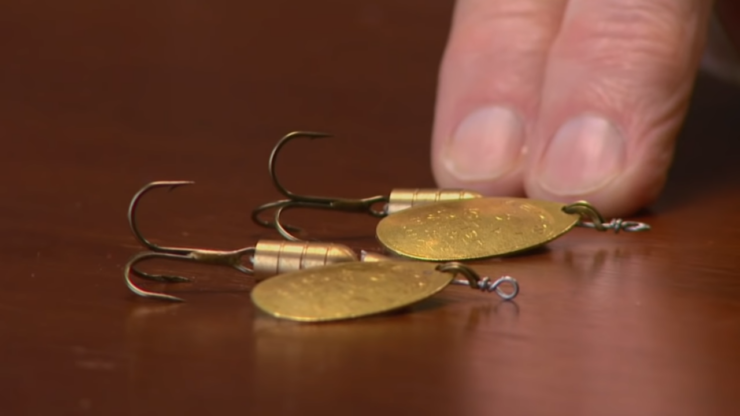
The first type is called the ‘French’ spinner (image above). It is by far the most common. It is a treble hook, dressed with feathers, or not, fastened to a wire shaft, which has a weighted body threaded onto it, and a small spoon, or ‘spinner’ attached on a clevis behind the hook eye.
There are many brands on the market, but the most famous, and popular are made by Mepps, Worden’s Rooster Tail, and Blue Fox. Rooster Tails come in the widest variety of colors. Mepps are the oldest and most proven, and Blue Foxes are….just plain cool. I use Blue Foxes most of the time when I need a ‘go to’ French Spinner, but that’s just my preference.
2. In-Line Spinners
The second type is the ‘In-Line’ spinner. They are just like French spinners, except that the spinner is attached directly to the wire shaft, with no clevis. The spinner simply has a small hole drilled in it for the shaft to run through. Like French Spinners, they come both ‘dressed’ and ‘undressed’. These are touted as putting out more vibration, more noise, and allowing the spinner to spin at even slow retrieves. The main manufacturer of these types is Panther Martin.
I use Panther Martins a lot. I can’t say that they are better than French Spinners, because some days one works better, other days it’s the others turn to work. They are all great at different times. I keep a large selection of both types, and never go to the water without them (unless I am fly-fishing, but that’s a whole ‘nother subject….).
3. Spinner-Baits
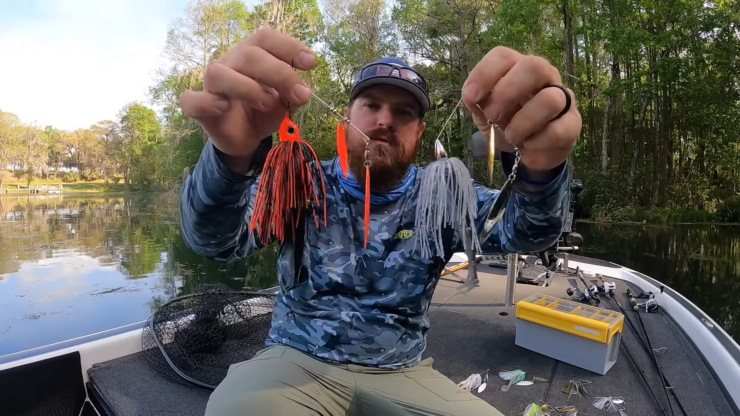
The last type is usually used on bass, but in the smaller sizes, I have found them to be very effective on crappie, at times. This type is called a ‘Spinner-Bait’. It is simply a wire bent at somewhere near 90 degrees and attached to a jighead at one end, and a spoon at the other. They can be rigged with soft jig bodies or tied with marabou, or rubber skirts. They can be cast, jigged, flipped, and trolled, and are very weed-resistant in heavy cover.
You’ll want these no larger than 1/8th oz. for crappie. These are deadly during the spawn, reeled slowly through the beds just under the surface, where the spoon makes a surface disturbance.
They are fantastic in 1/8 and 1/16 oz sizes.
4. Spoons
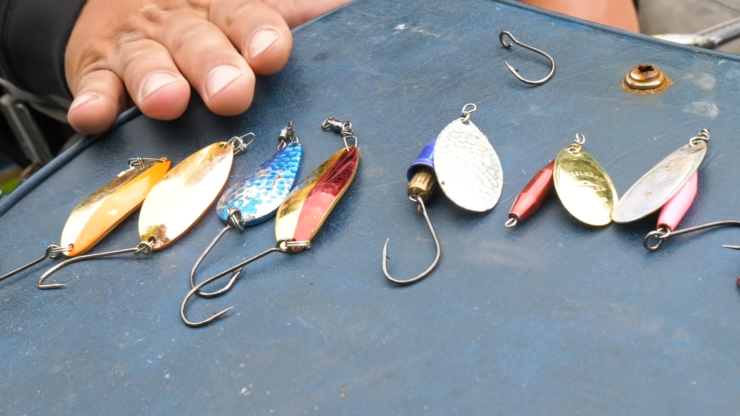
For special situations, it’s hard to beat the true Spoons. There are many on the market with names like Dardevil, Silver Minnow, Kastmaster, and the Little Cleo.
Spoons are usually trolled, cast, or jigged. The hooks can be dressed or tipped with live bait or soft jig bodies. The treble hooks can be replaced with singles. I use spoons when I am trying to locate schools of crappie in relatively open water, or when they’ve gone deep and are suspending over the bottom structure.
Under these conditions, spoons are deadly. Be aware that spoons will hang up fairly easily, so they are not recommended for heavy cover fishing. It’s worth keeping a few in your box for special situations.
5. Crank Baits and others
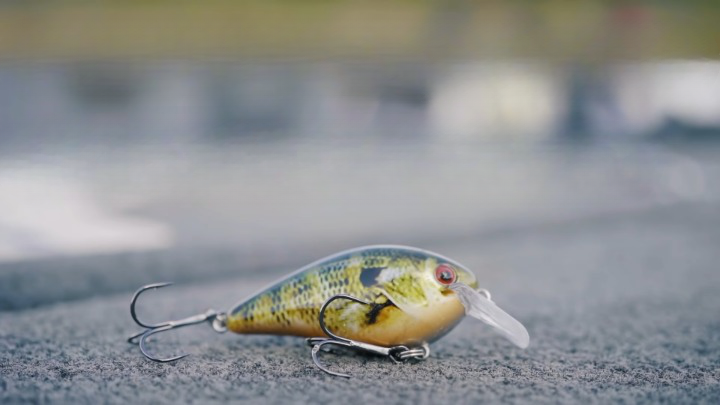
Our final discussion will concern true ‘lures’. These are crafted out of balsa wood, other woods, and hard plastic. They can have various fittings attached such as metal or plastic ‘lips’ to make them dive, ‘pop’, gurgle, swim, or have jointed bodies.
They can have anywhere from 1 to 4 or more sets of treble hooks, almost putting them in the ‘weapon’ category. They are more popular with bass and bigger game anglers, but in the smaller sizes, I have caught respectable numbers of crappie on them. The drawbacks to these are that they are expensive compared to the other types of lures.
An average lure can run anywhere from $3.00 each to $10.00, and more! I’ve stocked an entire tackle box with jigs for less than that. I seldom use them, but they do catch crappie at times. If you like them, use them. They almost all work the same way. Either troll them, or cast them out, and use a straight reel-in, or ‘pop’ them in with short hard jerks of your rod tip. That’s it…..
The main good thing I can say about them is that it is a good way to cover a lot of water, fast. The smaller sizes are made by Rebel, Yo-Zuri, Bomber, Heddon, Rapala, and Cotton-Cordell, to name a few.
6. Flies
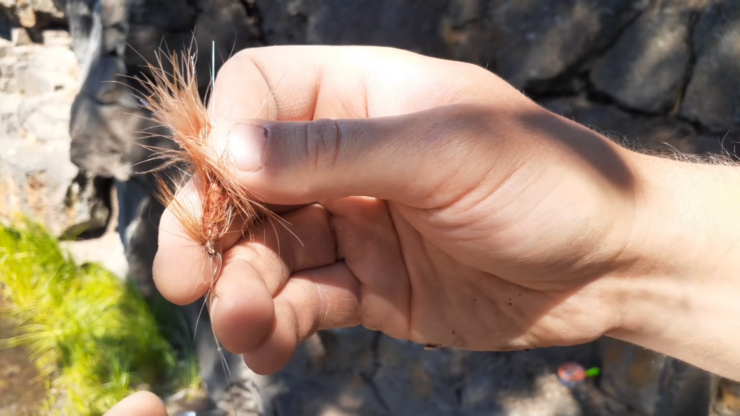
I won’t go into much detail here because of fly-fishing and fly tying is a subject unto itself, and way beyond the scope of this article. It is a way of life. It is piscatorial Tai Chi. I would advise anyone to try it. If you wish to explore the world of true angling, get a good book, of which there are many, study, and find yourself a teacher if possible. It can change your life.
You can also forgo the fly rod (pardon my tears), and use a fly on a leader below a casting bubble or ordinary float. It will aggravate purists like myself to no end, and drive us to drink, but it works…., very, very well. I did it for years before I finally learned how to fly fish.
The original fly rod was simply a pole (probably cane) with a fly attached to the end of the horse-hair line and just dappled in the water in a likely fish-holding spot. The ancient Macedonians knew what they were doing!
There are probably hundreds of fly patterns that will take crappie consistently. Pretty much anything that resembles the local minnow populations should work. I will list a few of my favorites here
Adelaide Gentry, a seasoned kayaking enthusiast and expert, is the driving force behind KayakPaddling.net. With over a decade of experience navigating the world’s most challenging waterways, Adelaide combines her passion for adventure with a deep knowledge of kayaking to provide insightful and practical guidance for paddlers of all levels.
Related Posts:
- 12 Best Fishing Lures Ever 2024 - Baits That…
- Heavy Duty Fishing: 11 Best Rods And Reels For Big Fish 2024
- How to Tie a Spinner Bait - Anglers’ Tips and Tricks
- 10 Best Saltwater Fishing Boats - Ultimate Angling Adventure
- 16 Best Kayak For Beginners 2024 - Kayaking Adventure Gear
- 12 Best Kayak GPS 2024 - Find Your Way to Adventure

